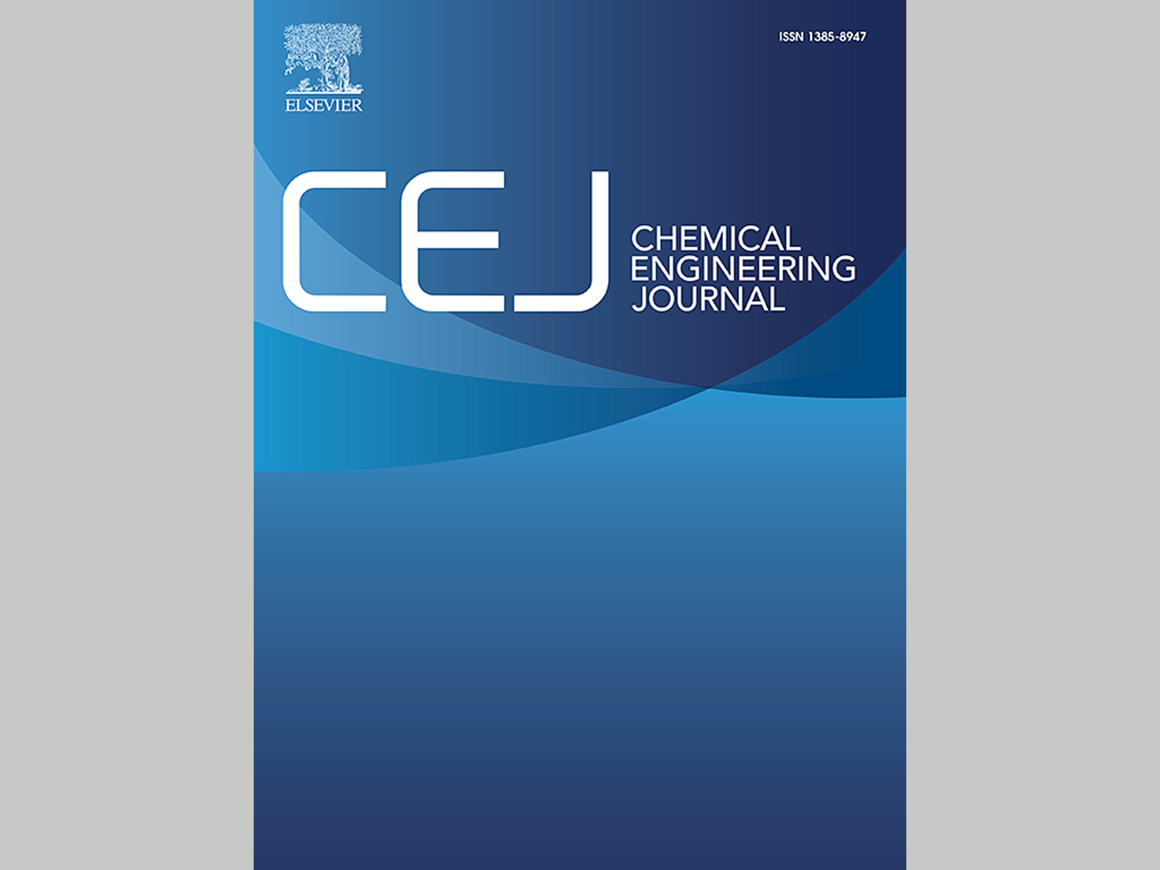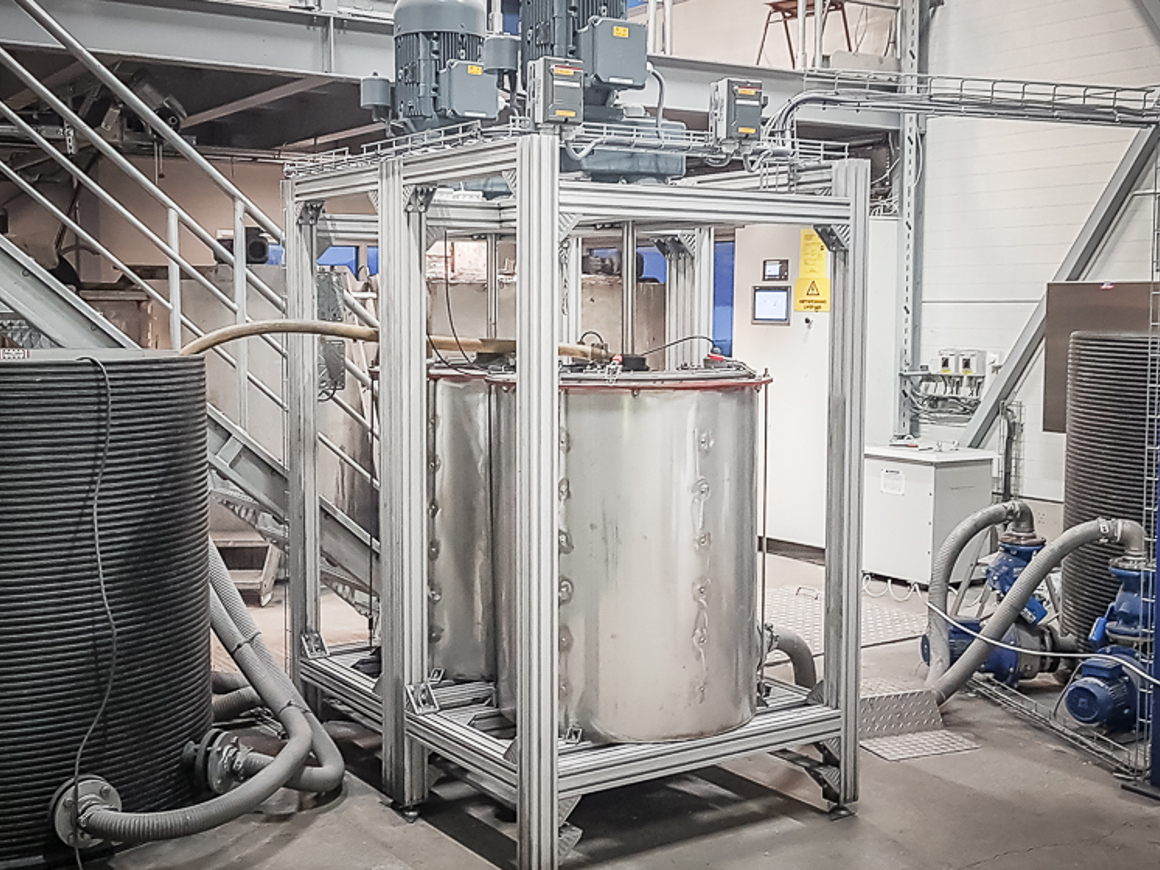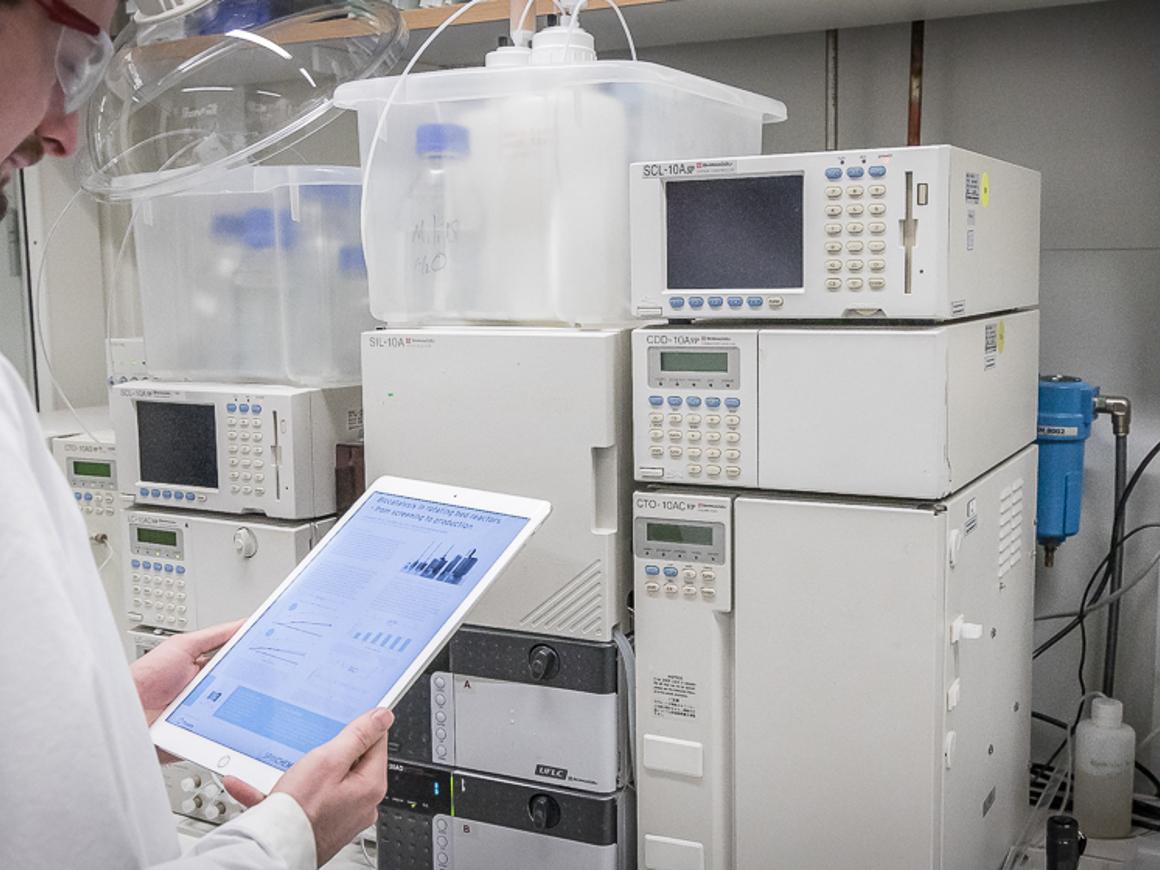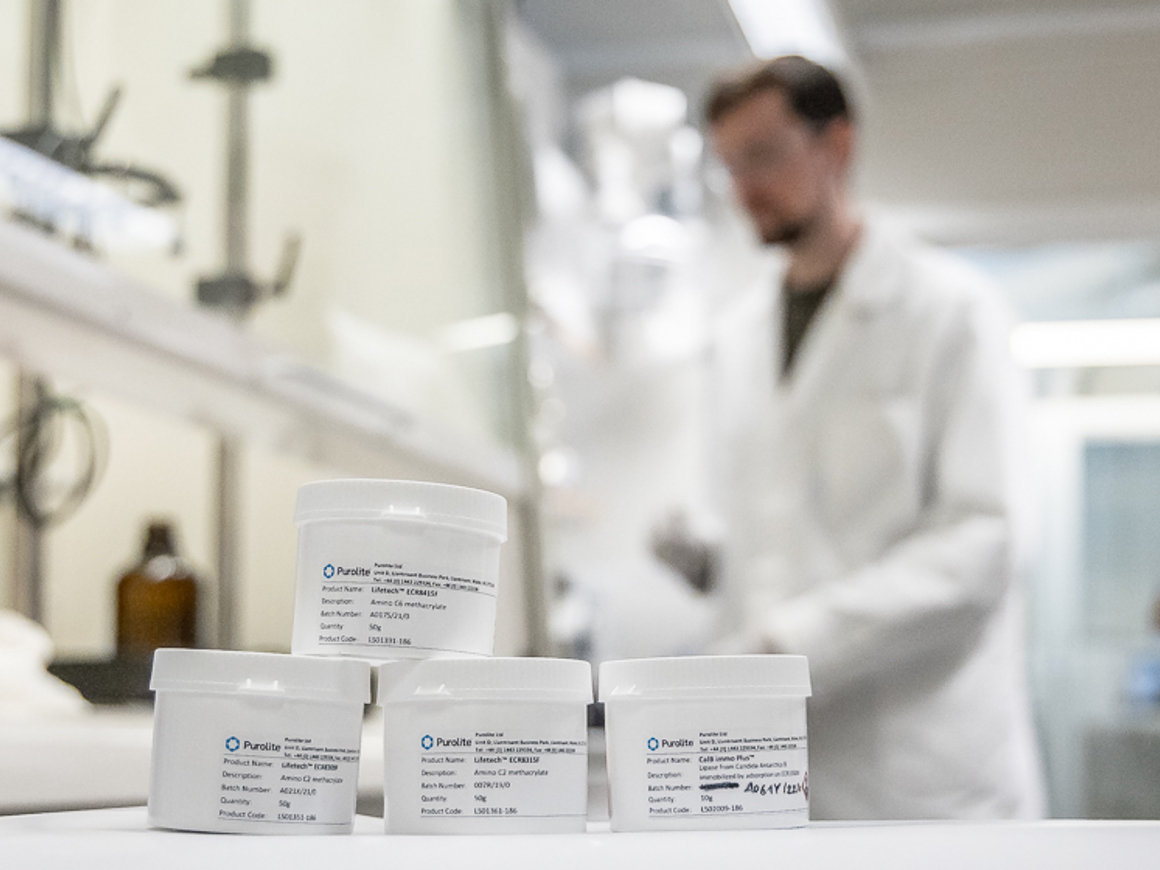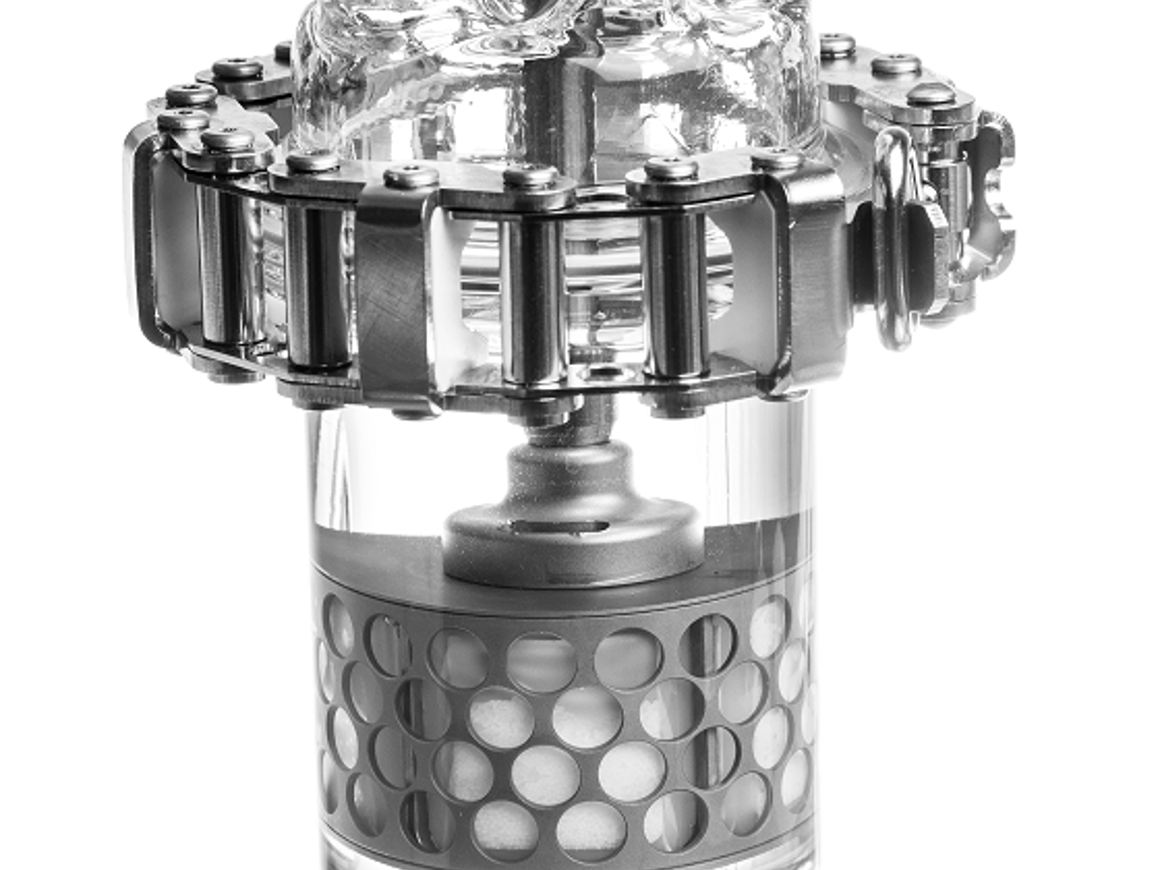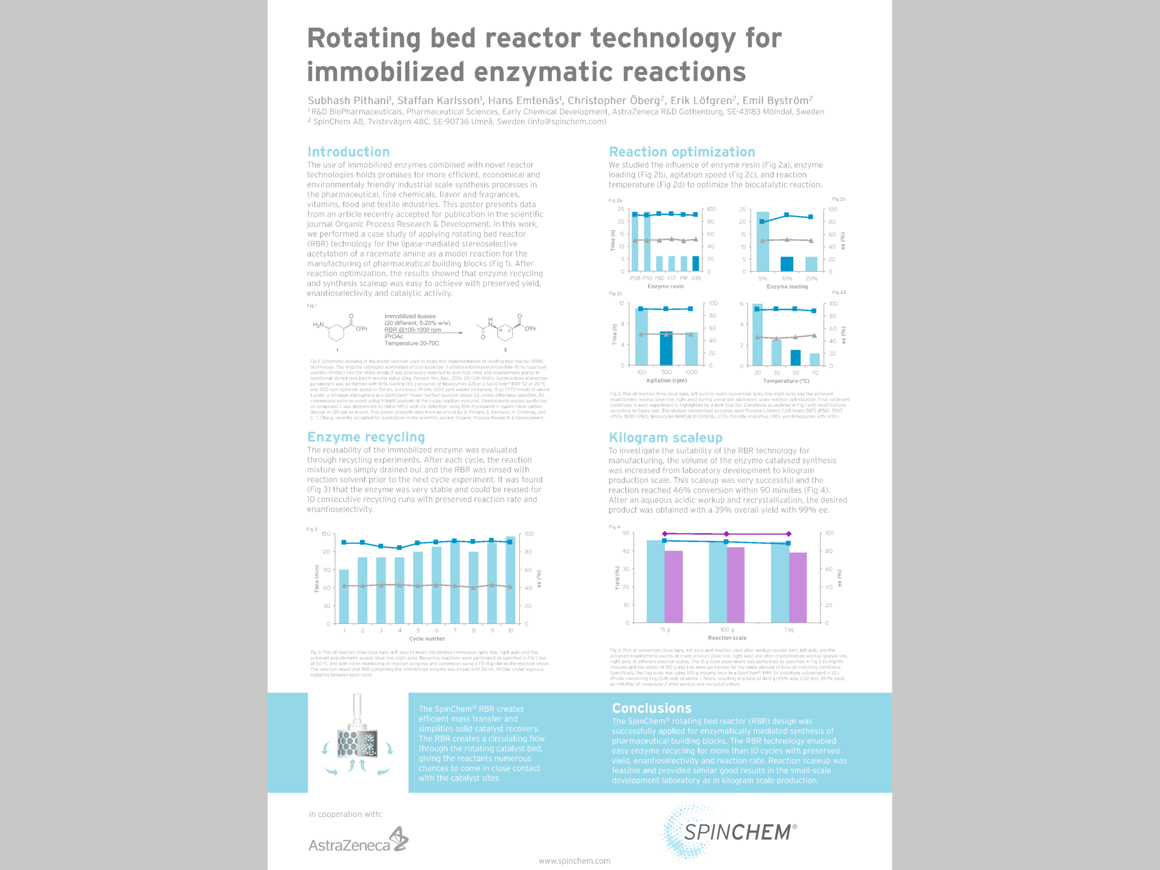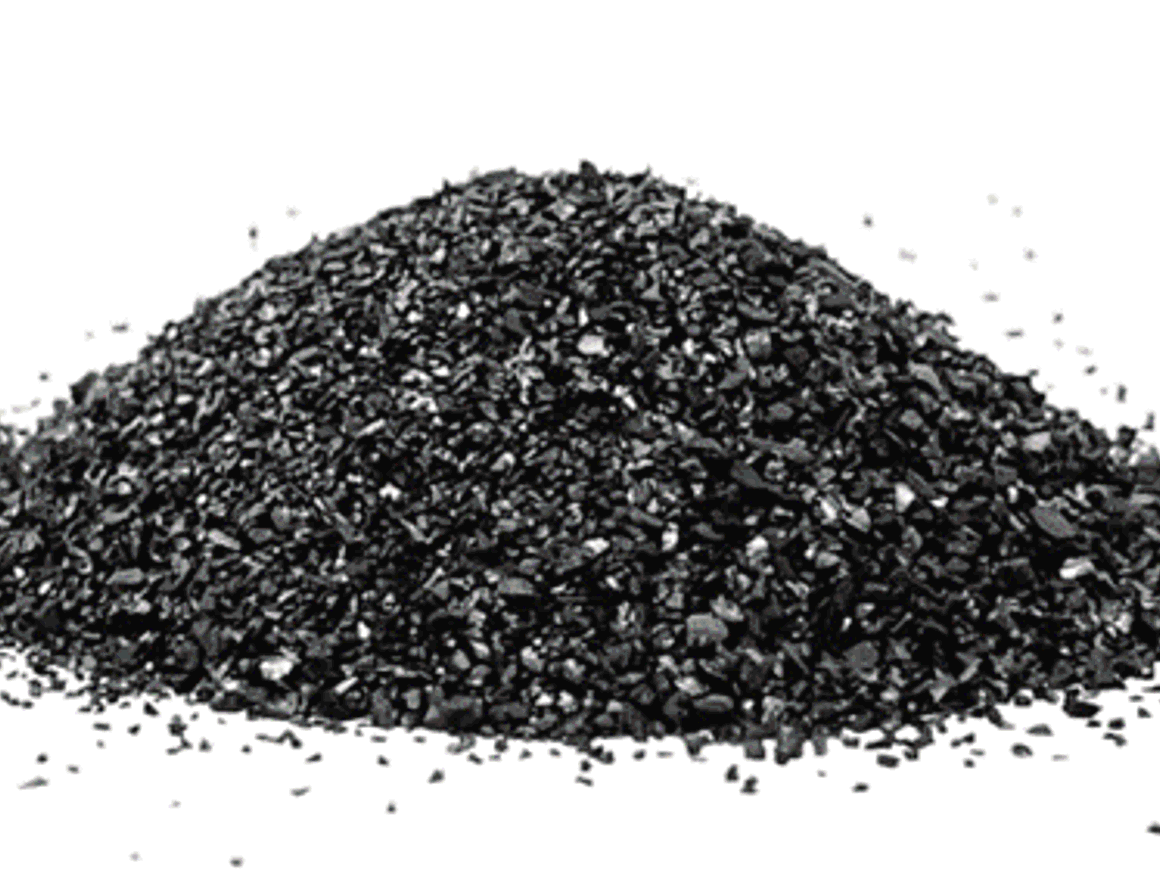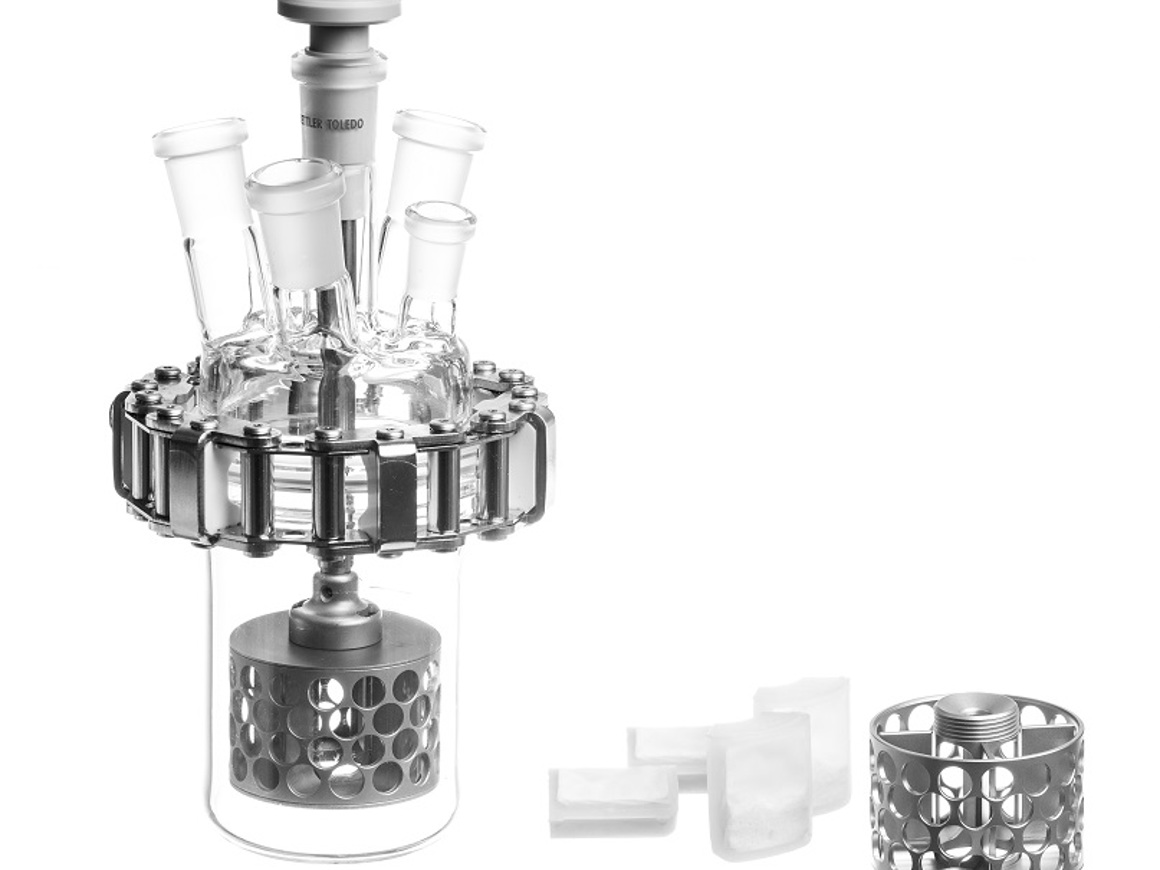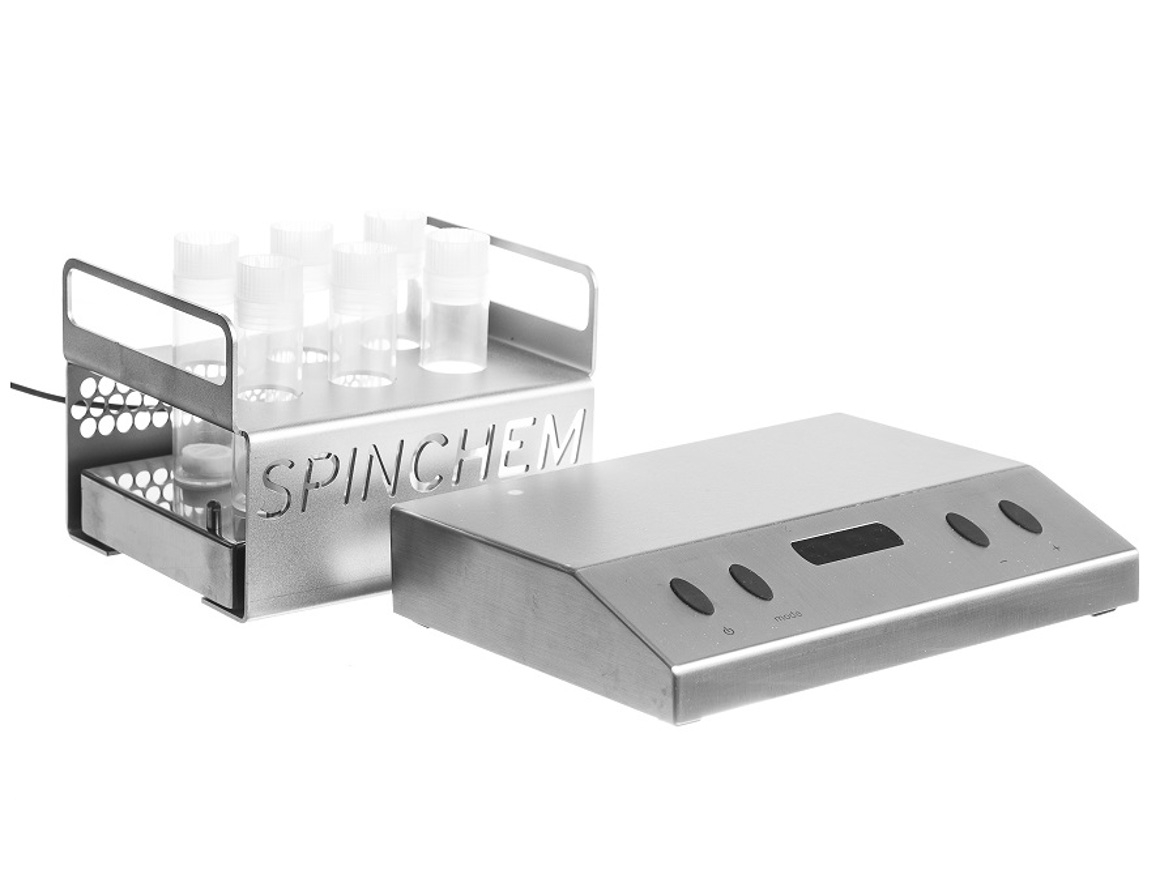Reaction screening
Using enzymes to drive a reaction is often preferred to chemical catalysts. A clear advantage of using enzymes is the high substrate specificity, which generally gives rise to high yields and high reaction rates, as well as products free from unwanted biproducts. Due to both technical and economic benefits, the enzymes used to catalyse reactions are often immobilized on the surface of different insoluble materials. The immobilization will lead to easier recycling, manipulation and separation of the enzyme, as well as an increase in its thermal and operational stability.
The most common applications for immobilized enzymes include esterifications, transesterifications, amidations and the modification of fats and oils. To identify the enzyme best suited for the conversion of a certain substrate, the candidate enzymes are put through a screening process. As the reaction conditions must ensure the stability of the enzyme and substrate, parameters such as solvent, temperature and pH should also be optimized to guarantee a high and pure product yield. In processes including enzyme development, there is also a need for screening of different methods of immobilization, as well as potential carrier materials, to ensure preserved enzyme activity.
As evaluation is generally needed for several different factors when developing an enzyme-catalysed process, easy screening of multiple reaction parameters will allow for easier and faster design of experiments. By being able to examine several parameters simultaneously in a multidimensional parameter space, the process can quickly be optimized. Through this, high parameter robustness can be achieved, thus also providing the process with high reproducibility, validity and reliability.
Magnetic rotating bed reactors
The SpinChem® magnetic rotating bed reactor (MagRBR), carries 0.5 mL solid phase resin, and is designed for screening of biocatalysts and biocatalytic reactions in liquid phase volumes of 5-100 mL. The SpinChem® MagRBR retains the solid phase particles, and conducts the mass transfer by impelling the movement of the liquid phase.
No preparations are required prior to implementing the MagRBR in screening applications, and the downstream processing is greatly minimized or completely cut out due to the lack of filtration steps. The SpinChem® MagRBR is delivered pre-packed with a variety of resins for catalysis and adsorption screening. As the SpinChem® MagRBR is spun by means of magnetic coupling, solution is continuously passed through the packed bed within, allowing the reactants in the different phases to interact. By running the reactions in minimized liquid volumes, the amount of enzyme and substrate needed is reduced, thus significantly increasing the rate of enzyme development. For even further streamlined screening, the SpinChem® magnetic stirrer with multiple positions can be used to run several reactions in parallel.

